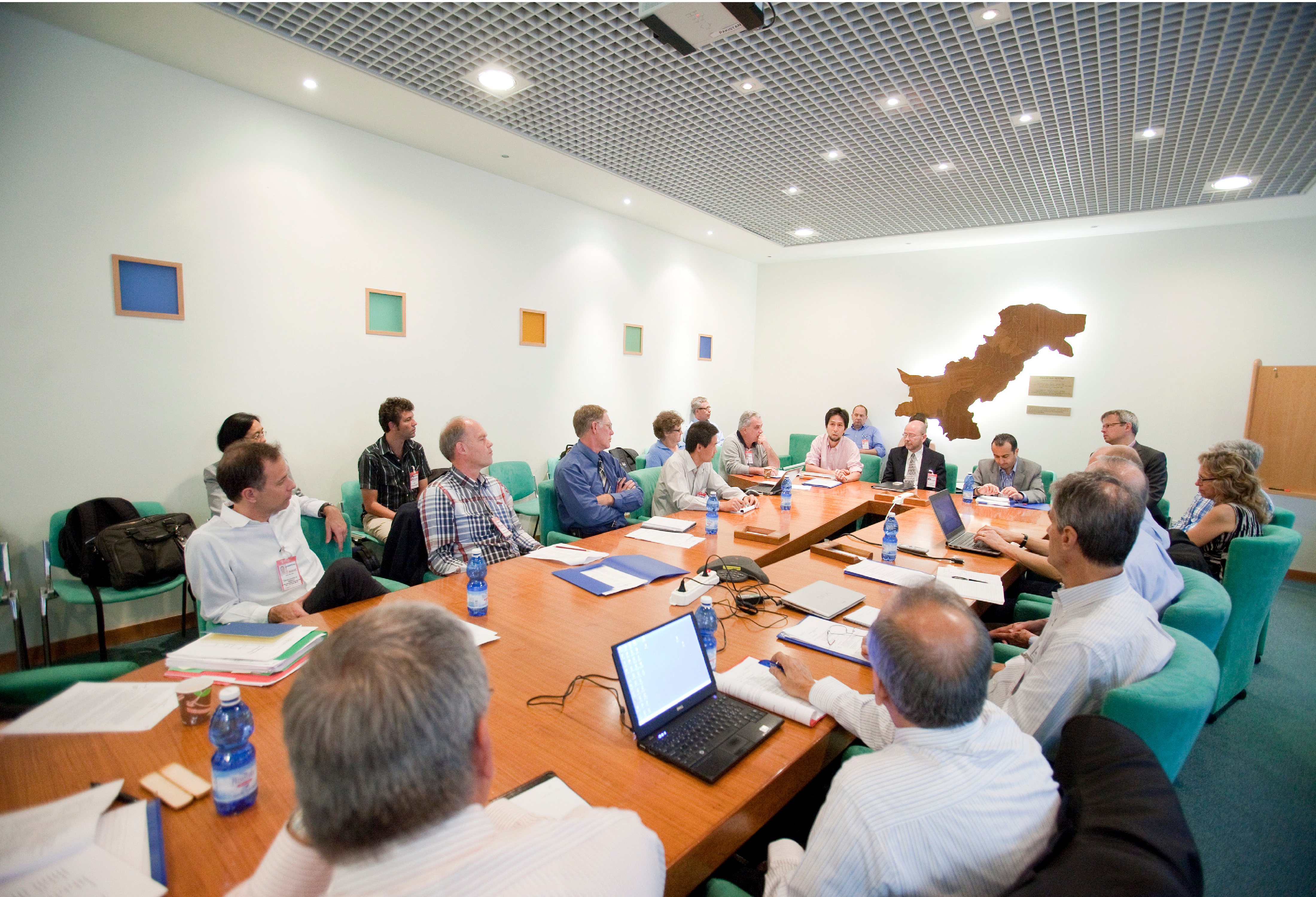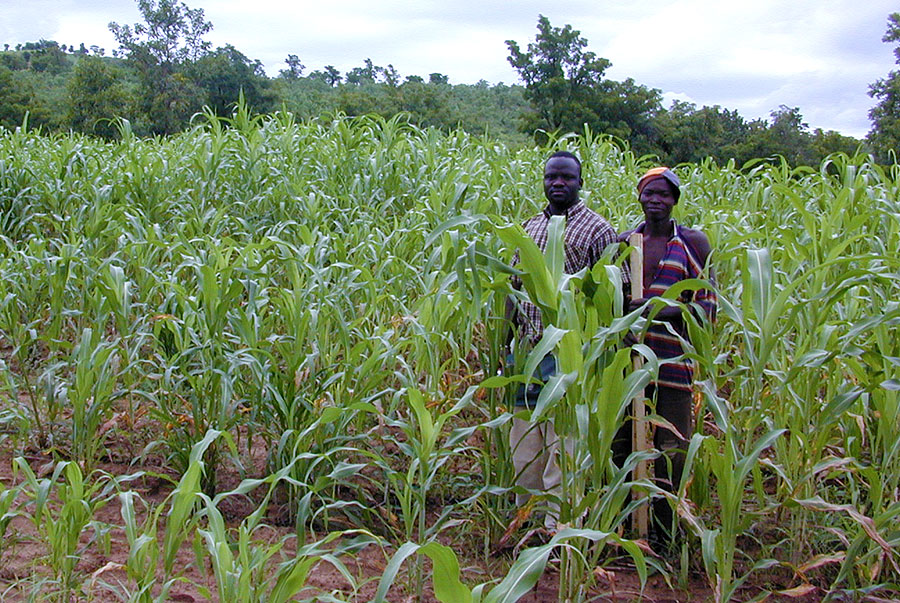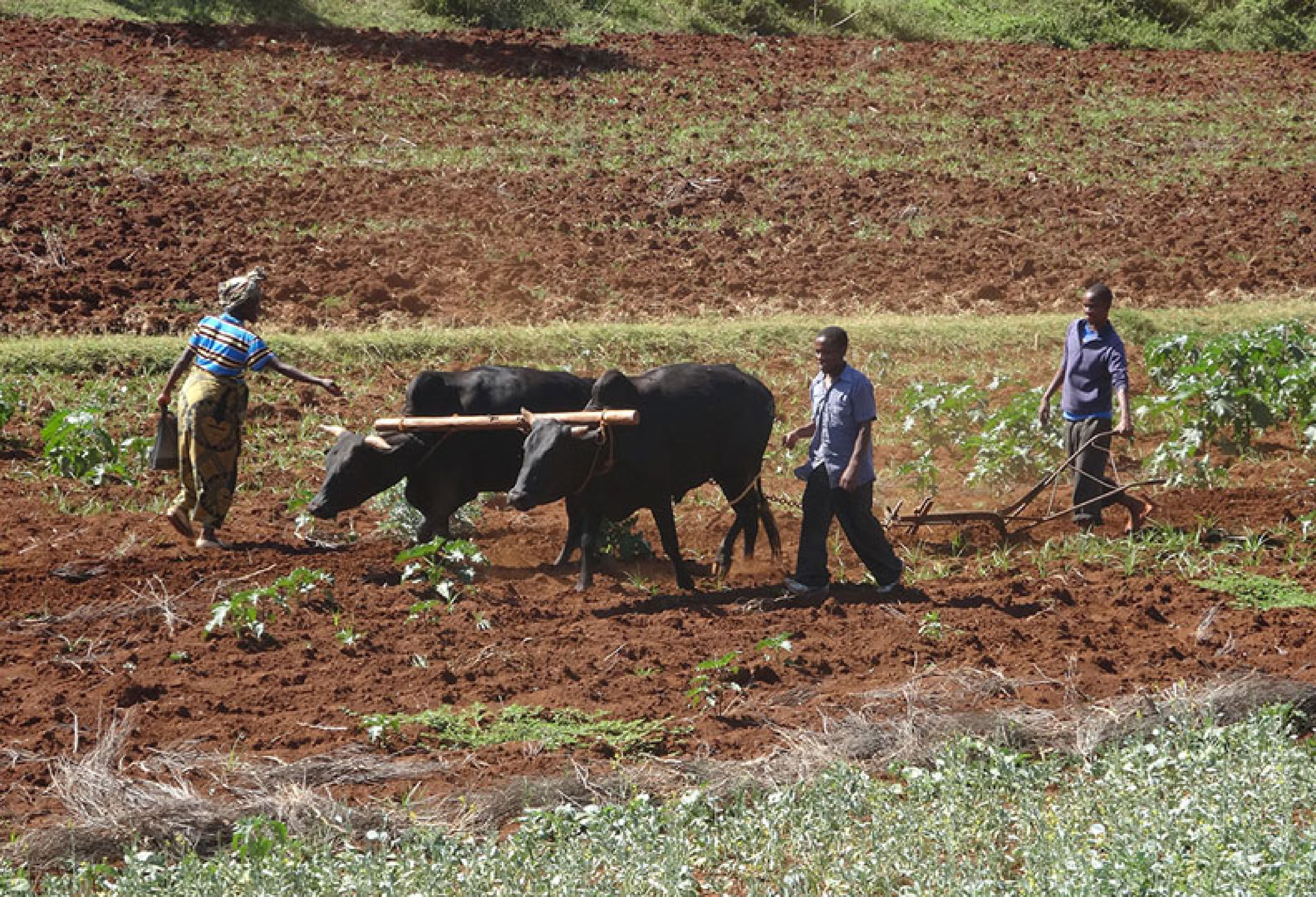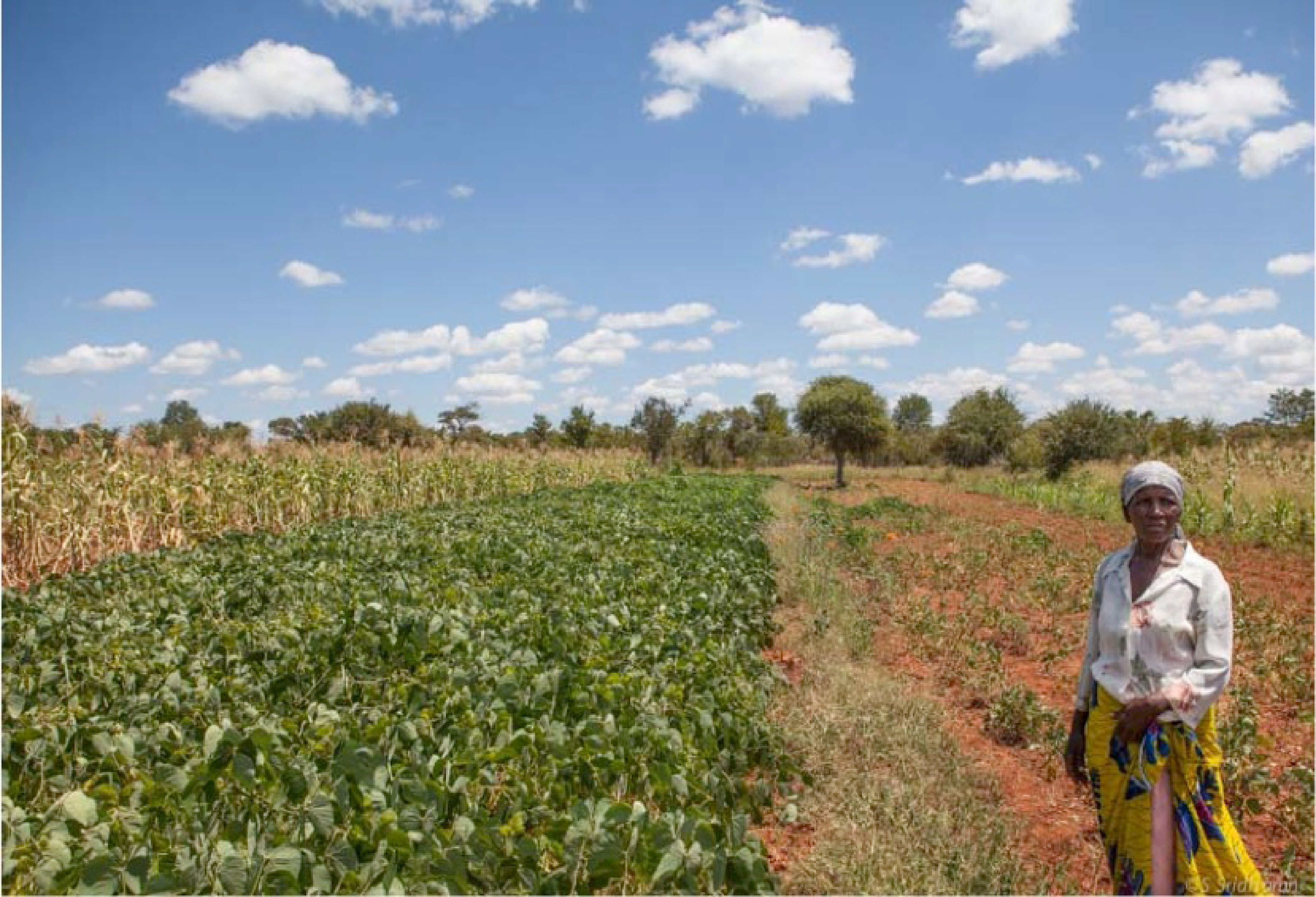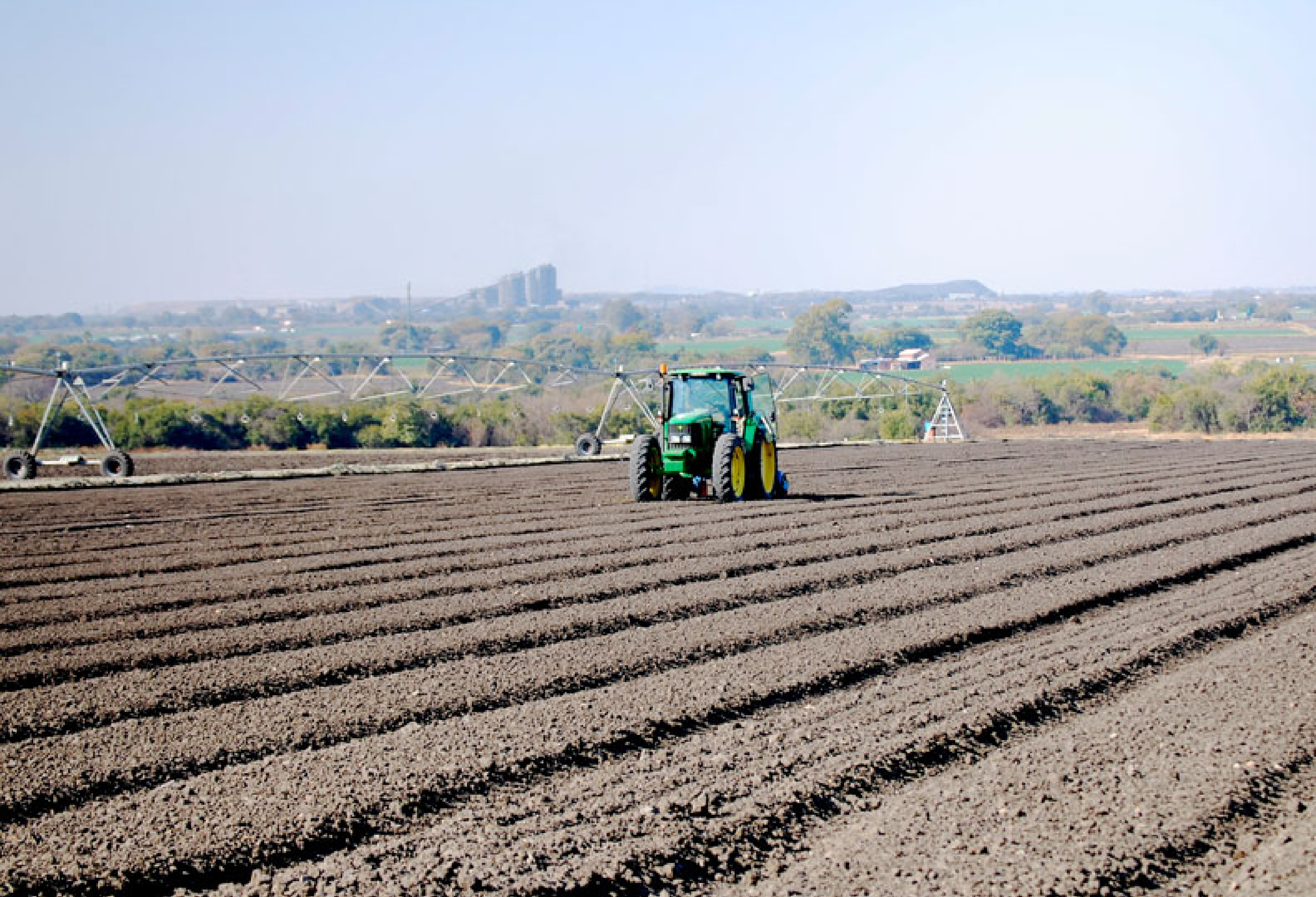Africa and Europe Initiatives
AgMIP studies in these regions include the following (see Ruane et al. 2017):
Africa
C3MP, Maize1, Potato, RIA, Rotation, Wheat2b
Europe
Canola, C3MP, IRS1, Livestock, Maize1, Maize2, Potato, Rotation, Wheat1, Wheat2b

West Africa
A significant portion of the Western Africa population is smallholder, rain-fed farmers. In recent history, rainfall patterns have changed. The season has changed in length, and the frequency of rainfall has altered. The potential threat of climate change on food security is increasing for this region. The Climate Change Impact on Western African Agriculture project aims to build a pathway to simulate impacts for the Region… Read More
East Africa
The East Africa research region targets study areas within Tanzania, Uganda, and Kenya. East Africa is susceptible to climate change implications that include: the warming of sea surface temperatures and subsequent droughts; changes in precipitation frequency and amount; more extreme events; and increased food insecurity… Read More
South Eastern Africa
Large parts of Malawi, Mozambique, and Zimbabwe’s climate are semi-arid. As a result, the region is reliant on wet seasons for the majority of its annual precipitation. More extreme weather, as well as inconsistent precipitation patterns, has made this region more susceptible to climate implications in the coming future… Read More
Southern Africa
Recent history has shown an increased trend in the frequency and strength of droughts and floods in Southern Africa. The seasonal climate – hot, wet summers and cool, dry winters – is further susceptible to inconsistencies as a result of climate change. The impacts of these inconsistencies may be significant; Southern Africa’s agriculture is comprised of both smallholder and commercial farmers… Read More

